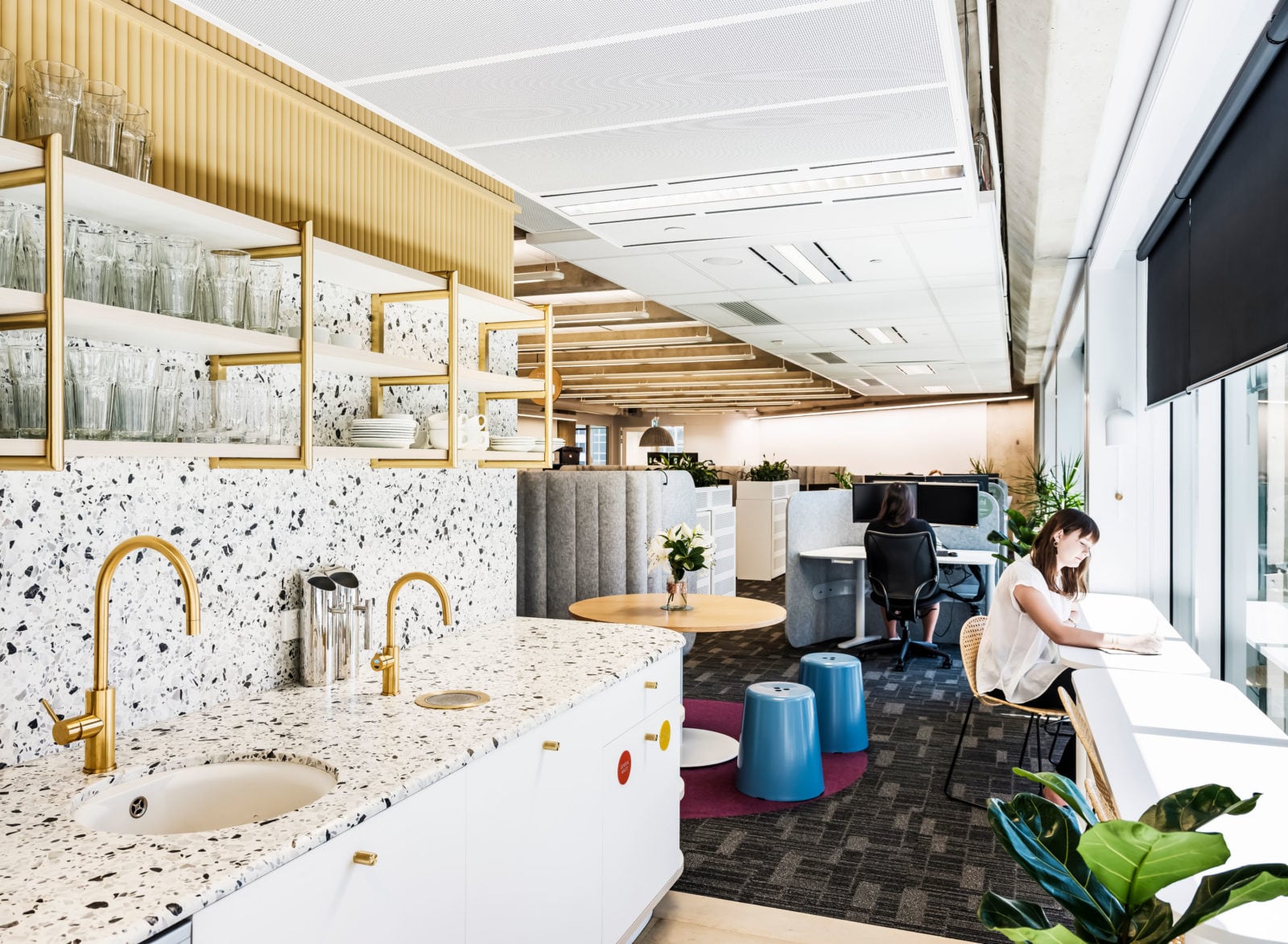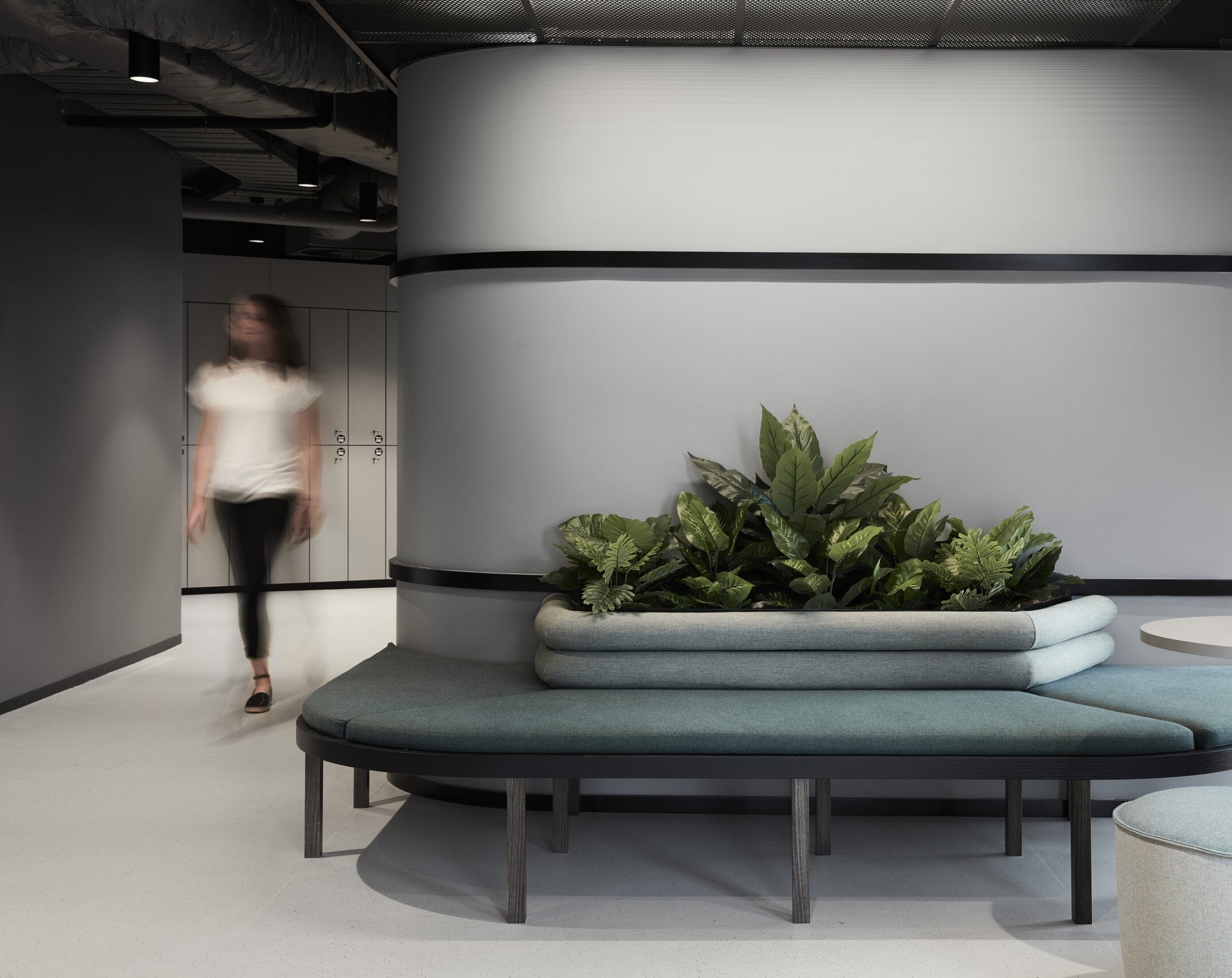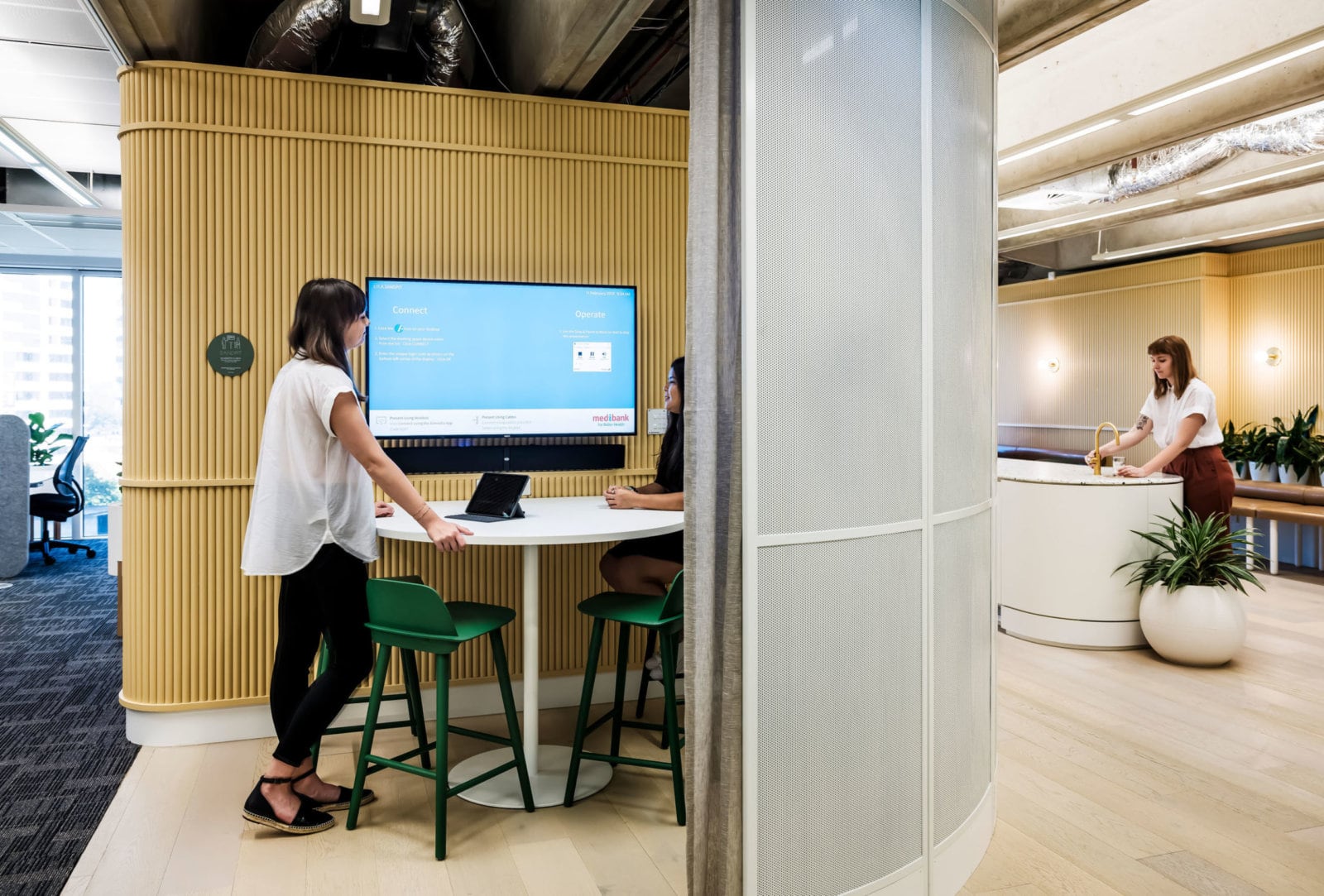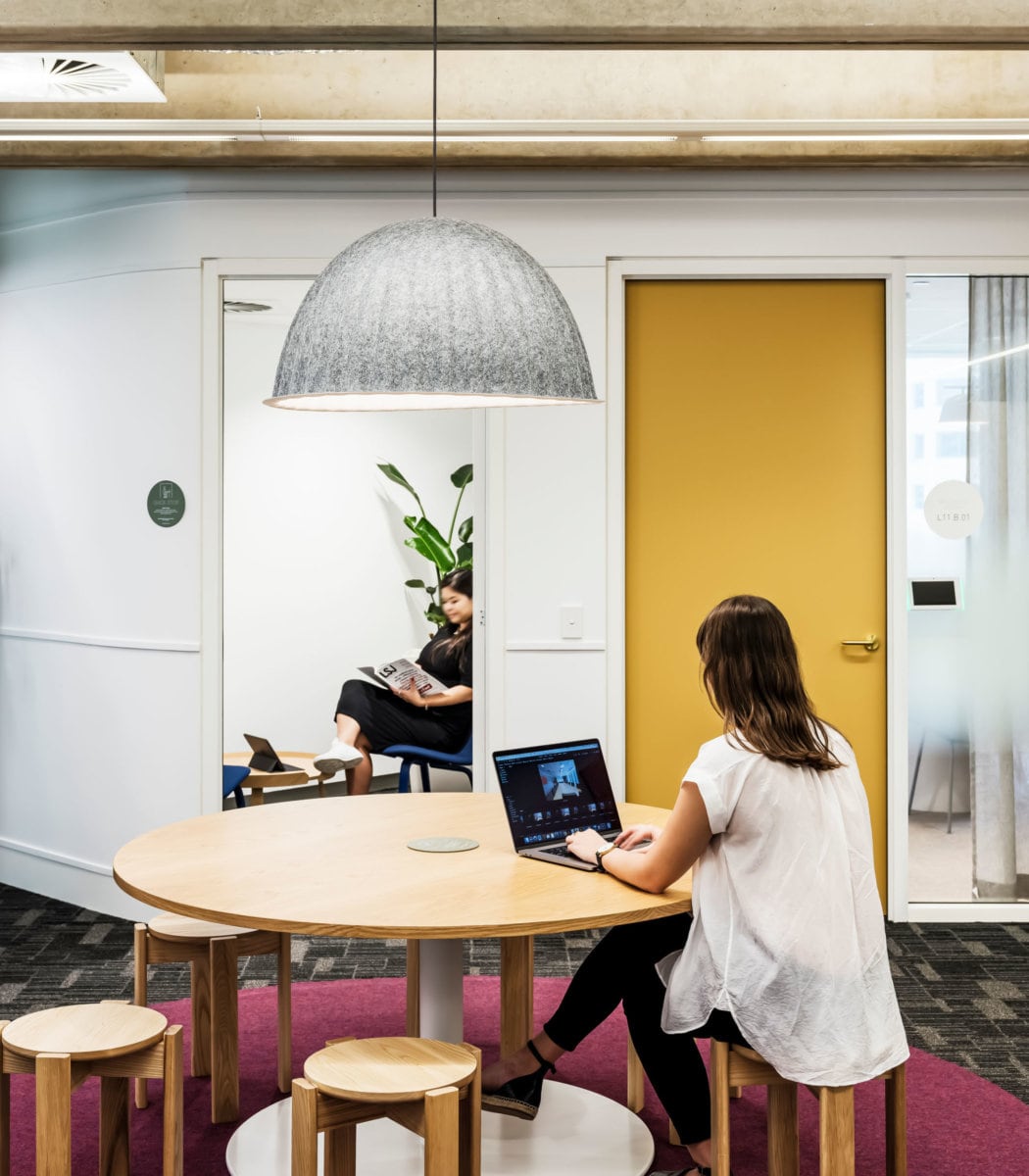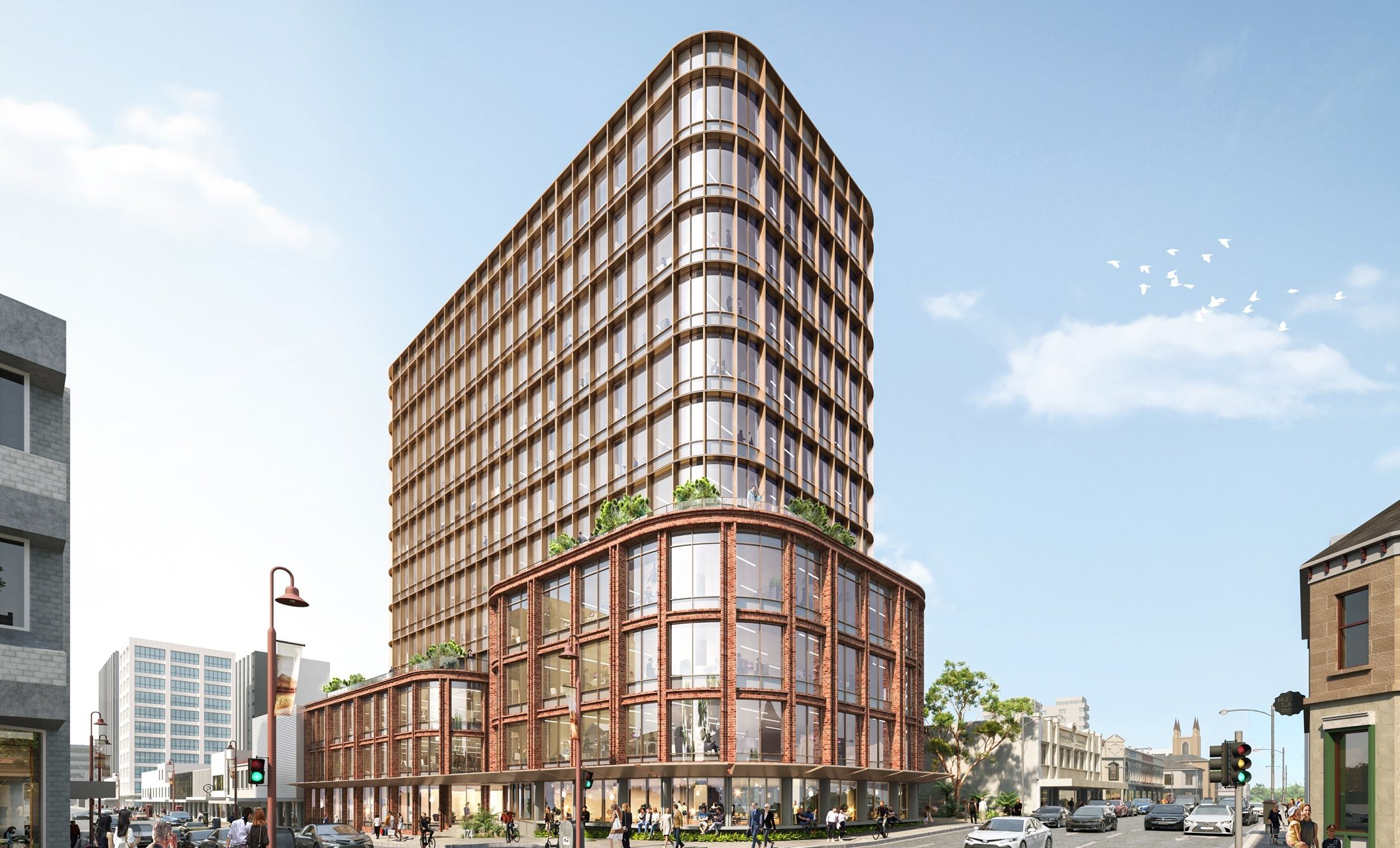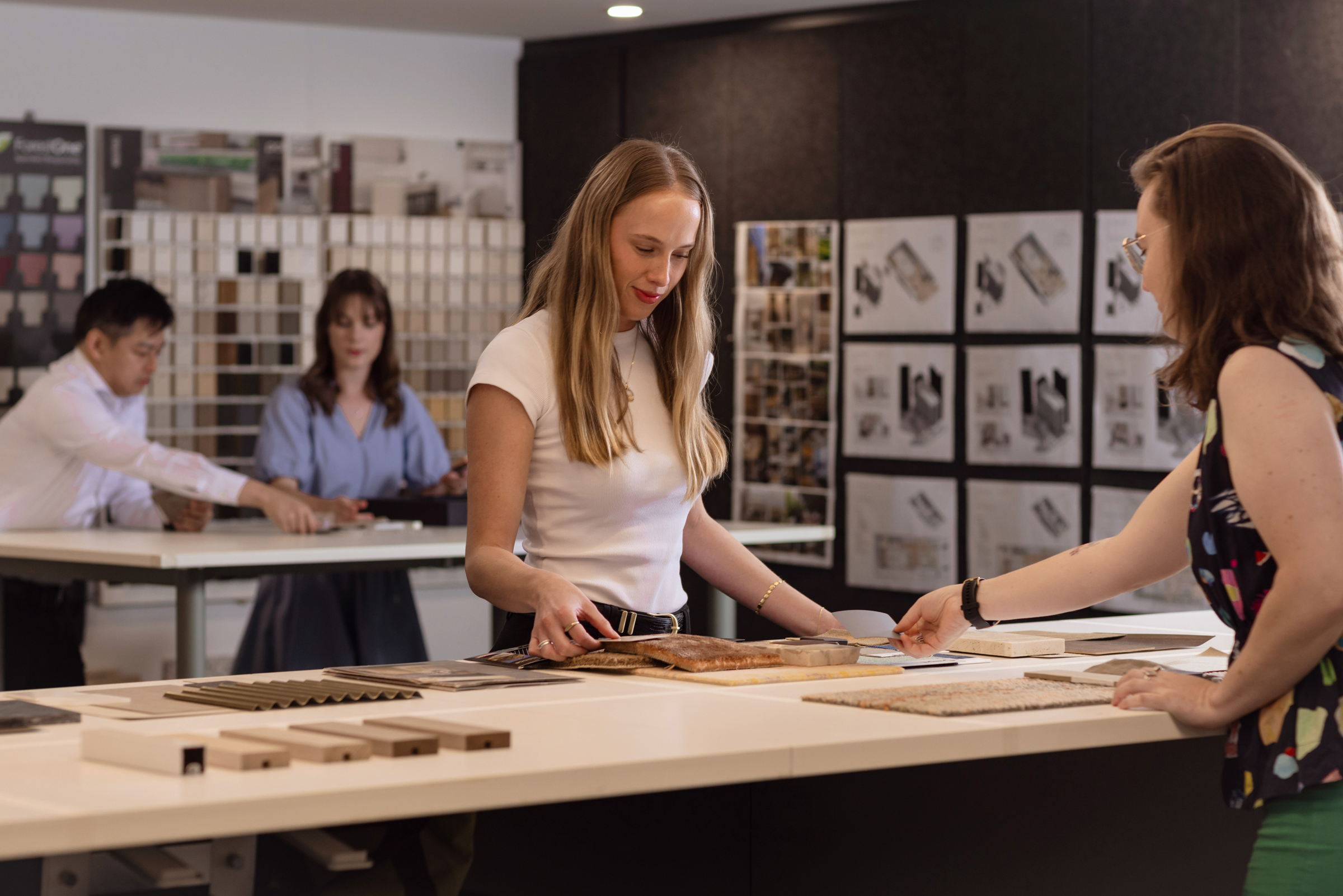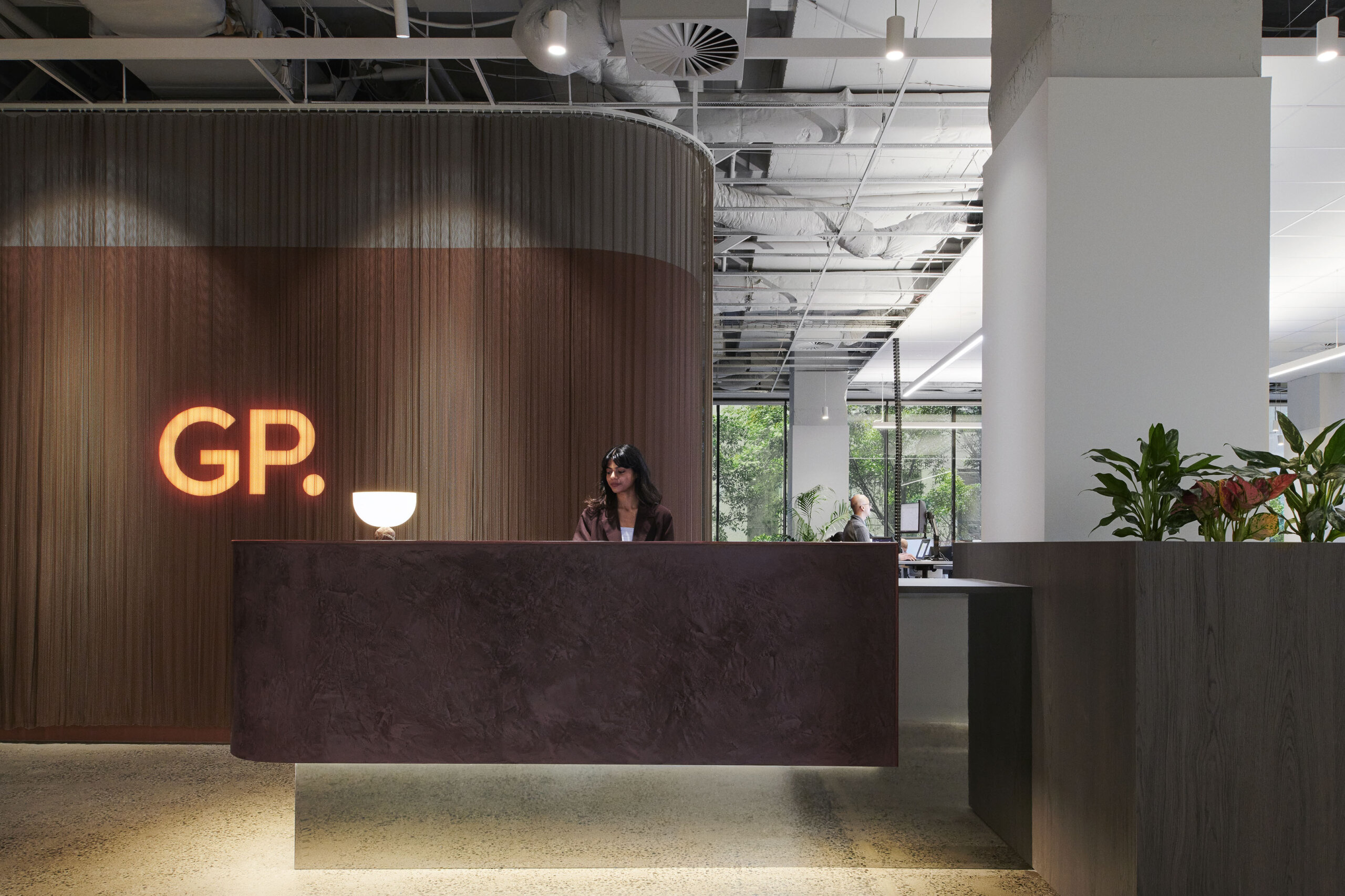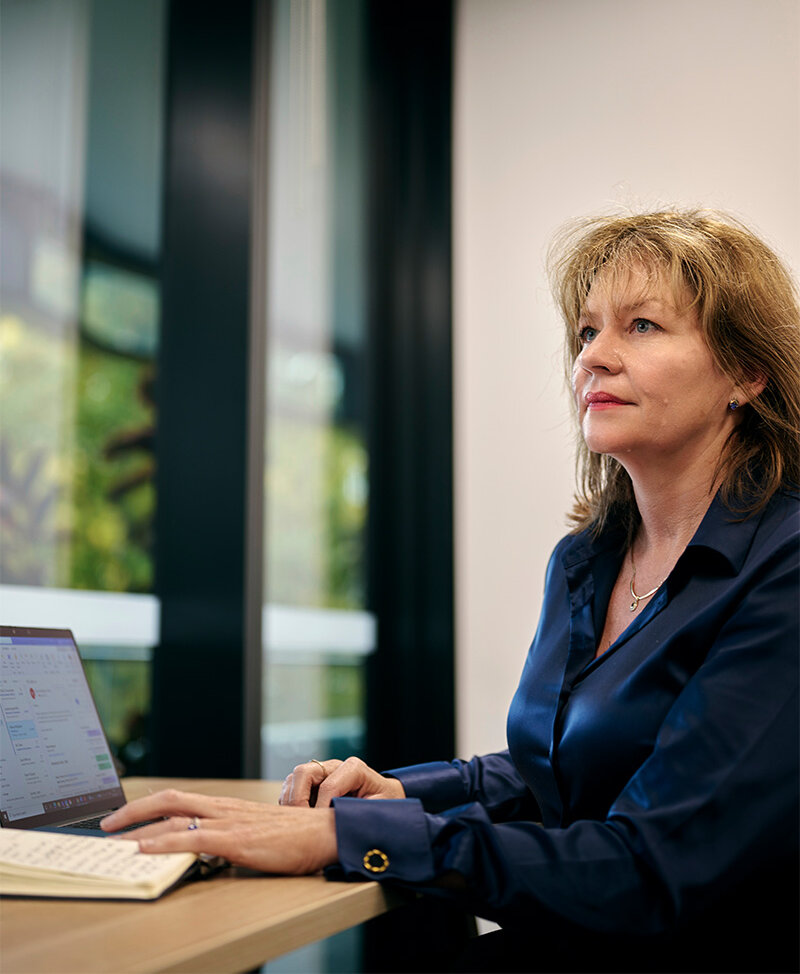As we look towards our return to work, now is the time to take stock and review what we have learned from this experience.
Do we react emotionally, declaring the office unsafe for use, a dangerous environment, the “cruise ship” of the property world, a place to avoid?
Do we turn our backs on our colleagues and team mates, never to be seen in the same room again?
Do we forego connection, our shared culture, the ability to collaborate, and the opportunity to build purpose as a community?
This pandemic offers us a unique opportunity to reflect on what the workplace is and what it means to us, our colleagues and our businesses, and take this chance to build a better workplace. An environment that can support and nurture us, a space that recognises that occupiers are complex and diverse, where human natures and desires are celebrated and prioritised. An office that provides the spaces and technology and access to improve the way we work, to increase our chance to contribute well, to build rapport with our teammates and managers. We can build a new workplace that empowers us to make choices about how when and where we work so that we are able to find that elusive balance of work and life.
I say the office is not dead, it just needs to be recreated. By reimagining what the workspace is in the emotional sense, we can take a step back and reconsider what that looks like in a physical sense.
This forced work-from-home experiment has shown us that remote and agile working is not only possible but brings many positives into our workday. Removal of the commute, reconnection with family, and ease of agility in our workday to name a few. While we have very much proven that work doesn’t need an office to happen, we have also shown that our desire for connection to people is essential. Evidence from our clients’ workplaces and our own return to work surveys show two strong themes from staff—working from home can definitely succeed, but that connection to team is completely missing from the experience. As humans we thrive through social interactions. Social psychologists Roy Baumeister and Mark Leary proposed the “belongingness hypothesis” in 1995. Baumeister and Leary claim that the need to belong is a “fundamental human motivation, [and] much of what human beings do is done in the service of belongingness”.
Whether it’s our family groups, sport teams or work mates, we seek out our kinfolk to belong to, and to share our experience with. The connection between social connectedness and mental health has been long proved. In fact, recent research published in the Australian and New Zealand Journal of Psychiatry shows that increasing your social connection can actually protect your future mental health. The office needs to become that place of connection. The place where we go to be with our team mates, to collaborate and innovate, the share in and feed off the creative energy of the group. The office can be the epicentre of team’s culture. An experience driven, vibrant place of community. If the office becomes the place where we connect, then we can retreat to our work from home, or work near home options to do individual-focused work. As a place for social interaction and collaboration, communal settings will be the dominant work-style. Let’s fill our offices with spaces for team work, scrums, stand up meetings, workshops and collaborative interactions. Spaces and furniture settings that are open and accessible by all will create the opportunity for team-focused conversations and innovation. These open team settings will also allow for physical distancing and safe interactions to readily occur. Rather than closed rooms, the open settings can be laid out and screened to support a variety of team sizes, and multiple gatherings safely adjacent to each other.
Just as important for true connection and collaboration are spaces for socialising. We do not collaborate readily with people we do not know, so creating spaces for casual, non-work focussed conversations are essential. Sharing stories, especially over a shared meal, is the building block of creating relationships. Even gossip has been credited with being an essential human nature and team building element, and that “without gossip, we would have difficulty maintaining the cohesion of our large social groups”. As a result, our reimagined workspaces could prioritise informal gathering spaces, staff kitchen with family style tables, conversation nooks, and relaxed couch settings. All of these settings invoke a different feel to the collaboration spaces; a sense of slowing, comfortable and disarming, encouraging relating from a different point of view and as a result building a united community.
This vibrant people-based work-style can be supported by semi-focused individual work points and quiet retreat, creating even further choice for occupants. While also recognising the importance of wellbeing and respite, individual study pods and screened desks can provide for the variety of work that occurs throughout the day when staff choose to work from the office. This is a vital opportunity to create a workplace that can be the inspiration for connection and belonging.
I believe we owe it to ourselves to not waste the lessons from this unprecedented experience; to embrace the challenge and look beyond the fear towards an improved normal.
— The Urban Developer, Tues 09 June 2020
About the Author
Heidi Smith is a partner of Gray Puksand. Heidi is a workspace strategy expert with almost 30 years of experience designing award winning workspaces.

